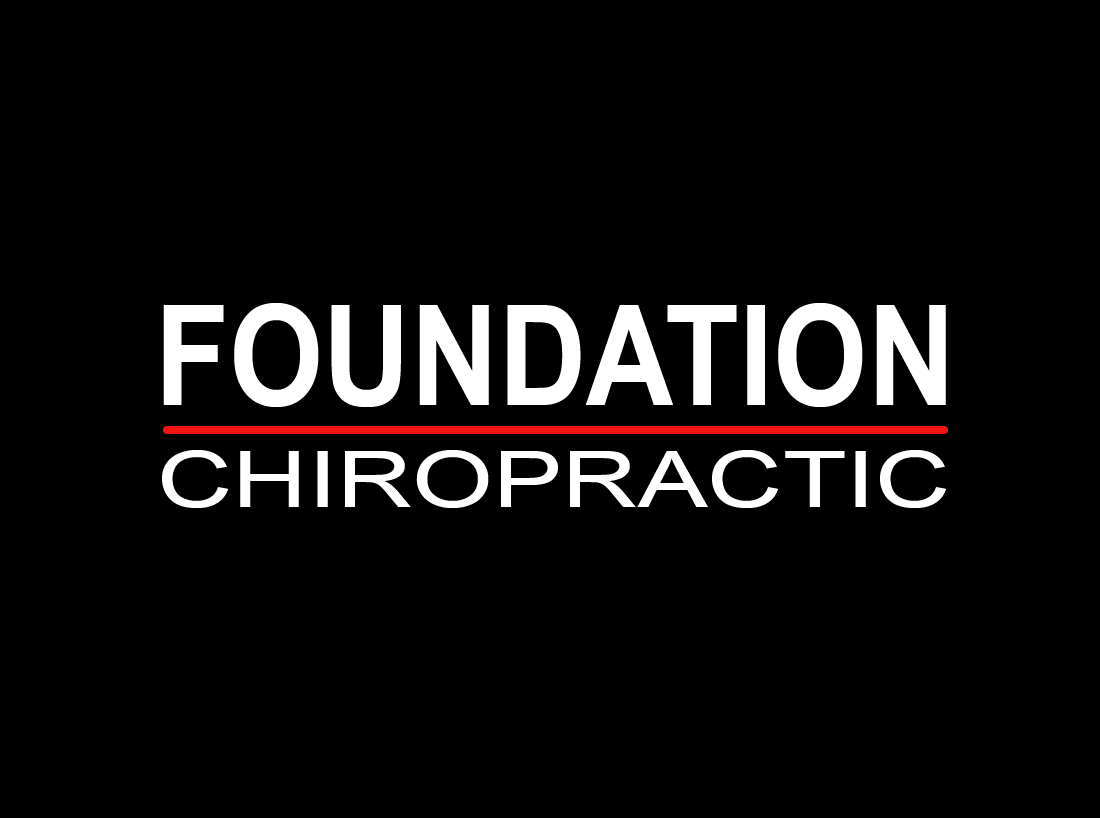Wouldn’t it be great if healthy eating was as easy as following clearly defined rules that worked for every situation?
Yeah, keep dreaming.
Nothing in life is that simple, least of all nutrition. Foods that we’ve happily eaten for centuries can quickly be vilified in diet books, causing them to vanish from store shelves -- and no food group has been more affected by this trend than fat itself.
Not so long ago, many nutritionists believed that eating fat made people fat. But health science today provides a more nuanced view. Now, we know that the fat in your diet doesn’t directly lodge itself in your belly, and that many kinds are essential eating for a healthy diet. Dietary fat keeps your skin soft, your organs happy, and your blood and muscles functioning properly. In fact, a healthy diet should consist of at least 10% fat every day.
That’s not to say ALL fat is good for you, though -- the nutritionists got some things right the first time around. Some fats are far more beneficial for your body than others, and learning the difference between good fats and bad is an important way to make strides towards total health.
Trans Fats: The Bad Fats
By far, the most dangerous fats in food today are trans fats. Trans fats are a byproduct of hydrogenation, the process that turns liquid oils into solids to improve their shelf life. On labels, trans fats are usually listed as “partially hydrogenated oil.” Found primarily in processed foods, even small amounts of trans fats can increase your risk of chronic disease.
Eating foods with lots of trans fats directly increases the amount of LDL (bad) cholesterol in your bloodstream, which can lead to inflammation, heart disease, stroke, diabetes, and dozens of other dangerous conditions. In fact, research from Harvard Medical School recently found that for every 2% of calories in a diet that come from trans fat, your risk of heart disease rises by 23%.
The Healthy Fats
Unlike toxic trans fat, good fats abound in natural foods like nuts, seeds and even vegetables. Fewer hydrogen atoms are bonded to their carbon chains, meaning that most healthy fats are liquid at room temperature. While this may cause them to spoil faster, it also means they are less likely to coat your arteries and cause heart attacks.
There are two main types of healthy fats: polyunsaturated and monounsaturated. Monounsaturated fats include common oils like olive, peanut and canola, while polyunsaturated fats are known as omega -3 and 6 fatty acids and are found in eggs, fish and walnuts. These healthy fats work wonders for your body by building up cell membranes and reducing inflammation.
Your body can’t make these fats for itself and needs to get them from your diet, which is why they are considered essential. When eaten in moderation, both mono and polyunsaturated fats help lower cholesterol levels and reduce your risk of heart disease.
Keep Essential Fats in Your Life -- and Your Diet
It’s time to change the bad rap around fat and reject the idea that all dietary fat is dangerous. Not only can fat be delicious, it’s also essential for good health. So long as you stick to natural fats and reject trans fat in all forms, you’ll be doing your body a big service by eating some fat every day.

